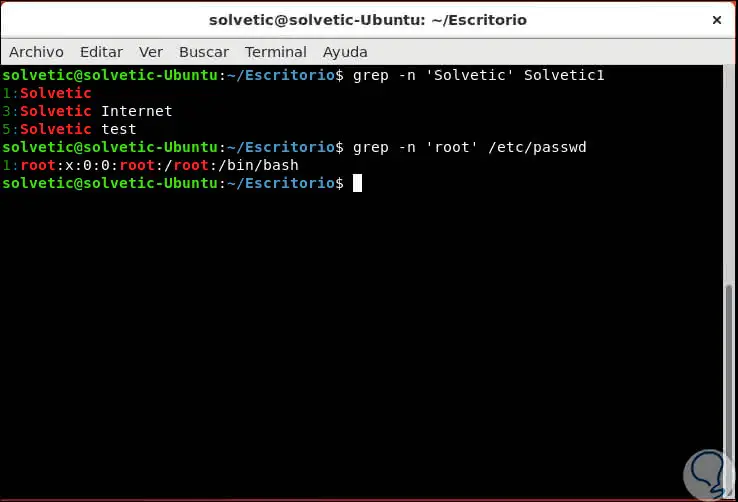

Note that you must replace the with actual values in the following code examples to run the examples. Search results must meet at least one of the two conditions Furthermore, an OR link can be used or a condition can be negated: Here, a logical AND operation is implicitly assumed.

Several search parameters can also be combined. Below, you’ll find an overview of the most commonly used search parameters: This is followed by a space and the value of the parameter. It supports searching by file, folder, name, creation date, modification date, owner and permissions. It can be used to find files and directories and perform subsequent operations on them. A search parameter consists of a hyphen that is immediately followed by the name of the parameter. The find command in UNIX is a command line utility for walking a file hierarchy. True if file exists and has been modified since it was last read.First, the command itself is written, followed by a directory path, and a variable number of search parameters. The following sed command deletes the lines ranging from 2 to 4: > sed 2,4d file. expression DESCRIPTION find searches the directory tree rooted at each given file name by evaluating the given expression from left to right, according to the rules of precedence, until the outcome is known (the left hand side is false for and operations, true for or), at.

SYNOPSIS find -H -L -P -D debugopts -Olevel path. The sed command removes the lines from m to n in the file. find - search for files in a directory hierarchy. Here m and n are min and max line numbers. Files are copied in Unix using the cp command as follows: cp sourcefilespec(s) destinationfilespec(s) where the source and destination file specfication can be any valid file specfication, absolute or relative, as described above. The syntax is shown below: > sed m,nd file. Once files are created and saved, users typically find the need to make copies of various files. True if file exists and is owned by the effective group id. The sed command can be used to delete a range of lines. True if file exists and is owned by the effective user id. True if file exists and its set-user-id bit is set. True if file descriptor fd is open and refers to a terminal. True if file exists and has a size greater than zero. True if file exists and is a named pipe (FIFO). True if file exists and its “sticky” bit is set. True if file exists and is a symbolic link. True if file exists and is a regular file. The UNIX/Linux 'find' command can be used to locate any external Oracle files including database files (dbf), alert log files, and all trace and dump files The 'which' command can also find files, and we can easily find the location of the SQLPlus executable: root> which sqlplus /u01/home/oracle/product/9.1. True if file exists and is a character special file. True if file exists and is a block special file. These are used by the [[ compound command and the test and [ builtin commands to test file attributes and perform string and arithmetic comparisons. You can use conditional expressions to find out file permissions. Replace 'pattern' with a filename or matching expression, such as '.txt'. To use the find command, at the Unix prompt, enter: find. When set for a directory, this permission grants the ability to traverse its tree in order to access files or subdirectories, but not see files inside the directory (unless read is set). Use the Unix find command to search for files. This permission must be set for executable binaries in order to allow the operating system to run them. => The execute permission (x), which grants the ability to execute a file. This includes creating files, deleting files, and renaming files. When set for a directory, this permission grants the ability to modify entries in the directory. => The write permission (w), which grants the ability to modify a file. When set for a directory, this permission grants the ability to read the names of files in the directory => The read permission (r), which grants the ability to read a file.
#Find any file unix mac os
There are three specific permissions on Unix-like (including Linux / Mac OS x) systems that apply to each user or class:


 0 kommentar(er)
0 kommentar(er)
